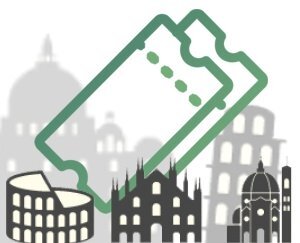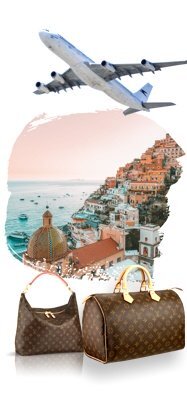Let’s get to know Baroque Rome!
Hello, dear readers! I hope you’re doing well! Today I am going to list for you the main attractions of the famous Baroque Rome. Let’s go to our Post of the Day? Let’s get to know Baroque Rome! Stay with us and make the most of boot country! Here at Italy’s Dream Tourism, we make the trip of your dreams come true!! Also, get to know our Section Accommodation in Italy – Tips for your Vacation!
Our Introduction
The word “baroque” is derived from the combination of the Italian noun “baroque” (used by medieval scholasticism to designate a type of contradictory rationalism) and the French adjective “baroque” (in turn from the Spanish “baroque“” and from the Portuguese “baroque”), indicating a non-spherical, irregularly shaped pearl, thus used to mean “bizarre”.
Let’s learn a little more about the Baroque.
Of all the most important characteristics of the Baroque, eccentricity is the one that stands out the most – indeed, its term reflects the perfection of its nature. This style expresses itself through its extravagance by being unusual and unconventional.
In this period, a vitality and a new notion of space emerged, which were evident mainly in architecture: the rigid and boring lines typical of the Renaissance were left to make room for the curvilinear tendency, expanding the concept of spatial infinity with a special chiaroscuro effect.
The classic forms embody great vitality and fantasy; in addition, they make room for the effects of perspective; decoration gains primary importance. The Baroque style was born around 1600, after the Renaissance, and had its origins in Rome. Also Read: What To Visit Near Rome? The best day trips from Rome and What Are The Top 10 Tourist Monuments In Rome?
Get to know the Roman Squares and their Monuments
Roman squares were the first to be influenced by the Baroque style, it is here that artists began to produce the first alterations. The Baroque square became an instrument of political ideology or religious exaltation, as is the case with St. Peter’s Square in Rome.
The scenographic Rome
An enchanting walk in the heart of this baroque city, exploring scenographic Rome, which leads to places that are symbols of the city and the world – such as the Spanish Steps (with its famous staircase, jewel of the Baroque), Piazza Navona, the Trevi Fountain (a monumental demonstration of the Virgin Water aqueduct), and the Pantheon (a Roman temple dedicated to all deities, transformed into a church), that is, unique masterpieces in the world.
1) Baroque Rome – Trevi Fountain
Let’s start with the Trevi Fountain, probably the most famous and spectacular among the numerous fountains in Rome. The 18th-century fountain, designed by Nicolò Salvi, is a combination of classicism and baroque on the side of the Poli Palace. The theme of the sculpture is the sea.
The highlight of the scenography is the carriage, in the shape of a shell, on which the large statue of Oceanus, by Pietro Bracci, is placed. At the fountain, sculpture and Baroque architecture intersect and merge perfectly, forming a fascinating spectacle of water.
A famous tradition says that it is lucky to throw a coin into the fountain on your back, guaranteeing your return to the city. The coins, collected daily, are destined for the charitable works of the City of Rome.
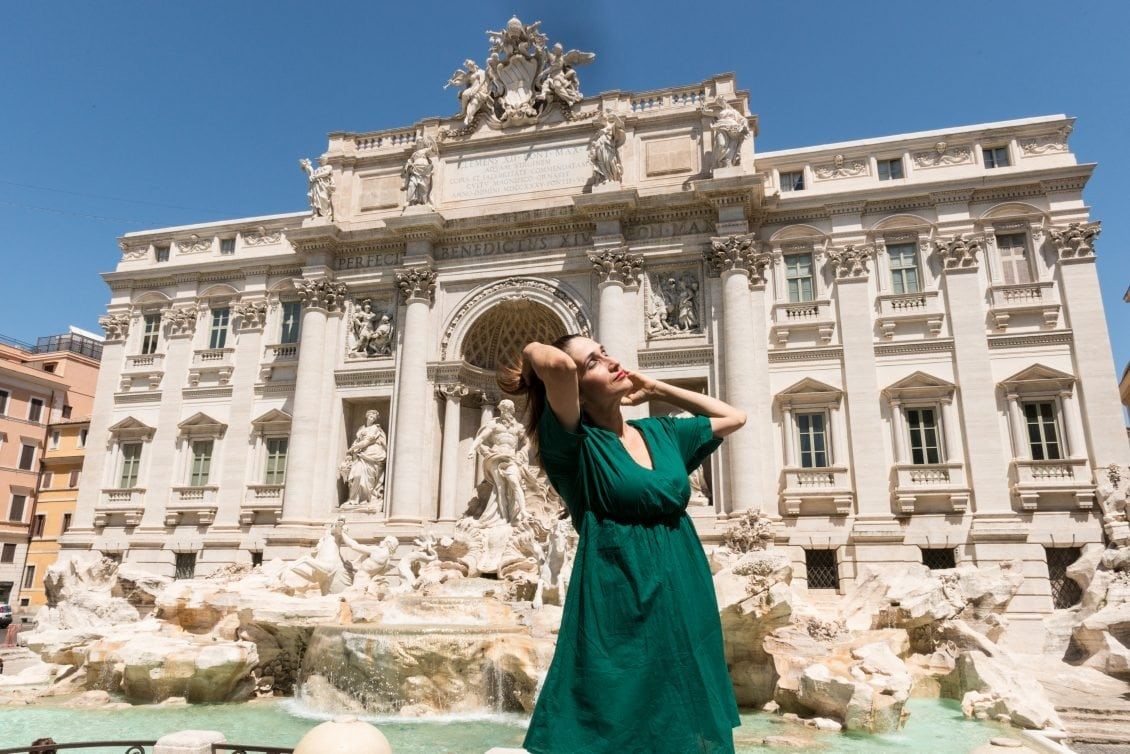
2) Baroque Rome – ROTONNA SQUARE (Pantheon)
Then we will continue walking to Rotonda Square, where the cylindrical structure of the Pantheon is located, another Baroque masterpiece characterized by the eighteenth-century façade of the buildings that, in part, resemble the portico built in antiquity in front of the temple.
In the center of the square is the fountain designed by Giacomo della Porta (Michelangelo’s pupil) and sculpted by Leonardo Soriani (1575). On the left side of the square is the Pantheon, one of the most famous Roman monuments for its state of conservation, grandeur, and architectural wisdom – in addition to its unique typology represented by the round structure with the thermal dome and the traditional pronao on the tympanum.
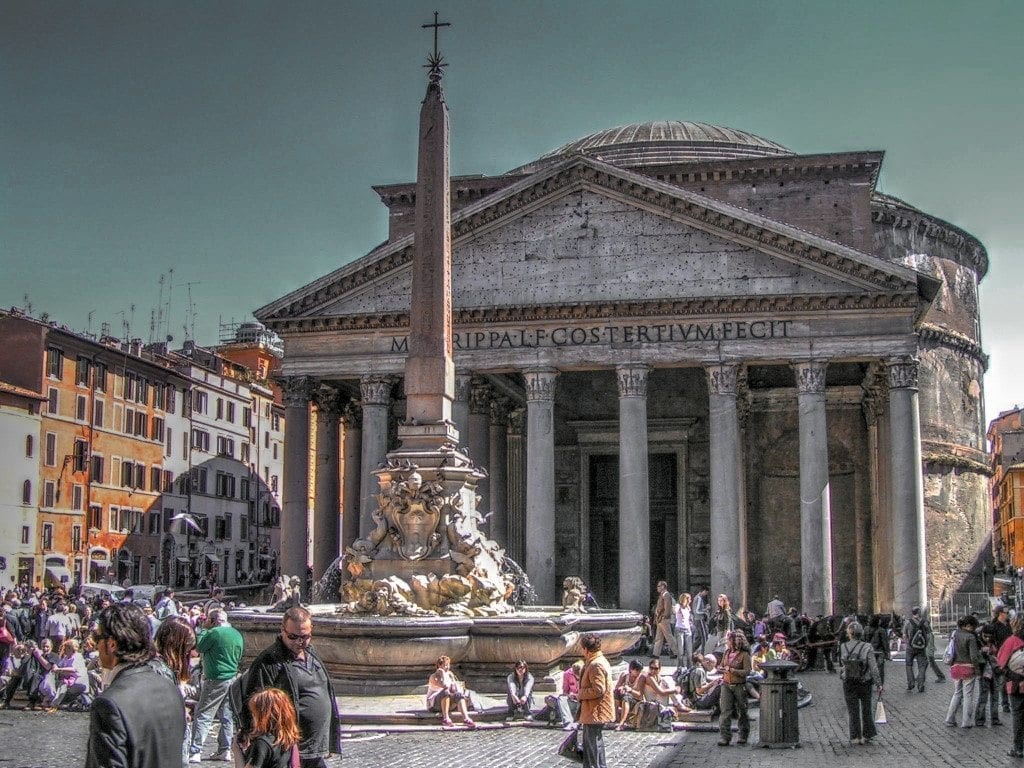
3) Baroque Rome – NAVONA SQUARE
Continuing our tour of Baroque Rome, we will pass through one of the most beautiful Baroque squares: Piazza Navona, which houses masterpieces by two geniuses of the Roman Baroque – Bernini’s Fountain of the Four Rivers and Borromini’s church of St. Agnes. This square occupies the site of the ancient “Stadium of Domitian” (the Circus Agonal), which has perfectly preserved the rectangular shape of the arena.
Piazza Navona (along with Bernini’s Fountain of the Four Rivers, the grandiose Pamphili Palace, and the gorgeous church of St. Agnes) represents the true essence of Roman Baroque. Piazza Navona, a great meeting point, has always been crowded with street artists, painters, and tourists, but it is also frequented by the Romans themselves.
A little more about Piazza Navona
When you visit the center of Rome, you can’t miss this square! I don’t know if the saying that “all streets lead to Rome” is true, but surely all streets in Rome lead to Piazza Navona. Indeed, there are several accesses to this square and it is no wonder, considering the importance that the square had in the history of the city. Roman squares were the first to be influenced by the Baroque style; it is here that artists began to produce the first alterations. Read also: How To Get Around Rome With Public Transport?
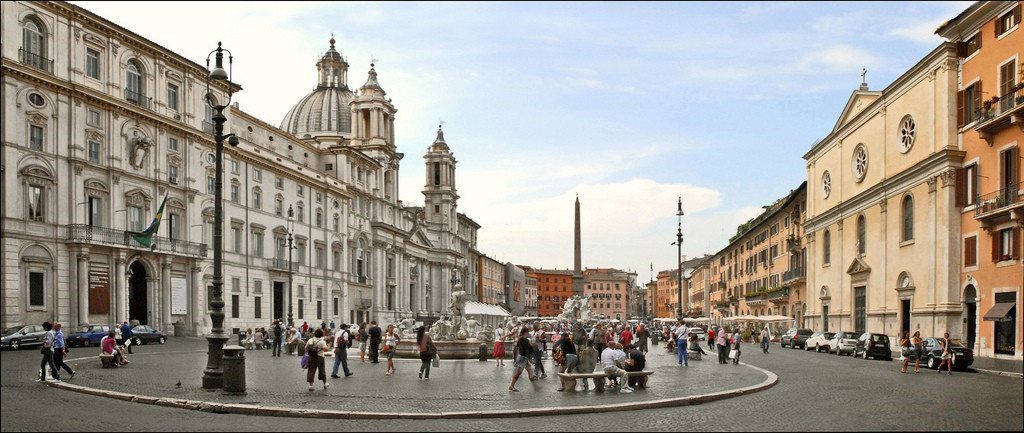
4) Baroque Rome – SPANISH SQUARE
How not to visit this other Baroque masterpiece? Let’s go to the Spanish Steps, with its staircase in front of the Holy Trinity of the Mountains Church, the Barge Fountain, the memorial of the English poets Keats and Shelley, and much more. It is undoubtedly one of the most beautiful and famous squares in Rome. The square is the cultural and tourist center of the Pope’s city, attracting artists and scholars. It practically maintained the characteristics of the seventeenth and eighteenth centuries (even with the constructions of the nineteenth and twentieth centuries), presented in a “butterfly” shape, with two triangles having the vertex in common. Find out here how to see the Pope in Rome?
A little more about Spanish Square
In the center of the square and at the foot of the stairs, the Barge Fountain is in memory of the flooding of the Tiber in 1598. In 1629, Pope Urban VIII commissioned Pietro Bernini (with the assistance of his son, Gian Lorenzo) to make the fountain, which represents a symmetrical barque and is slightly below ground level—an invention to hide the technical problem of low water pressure.
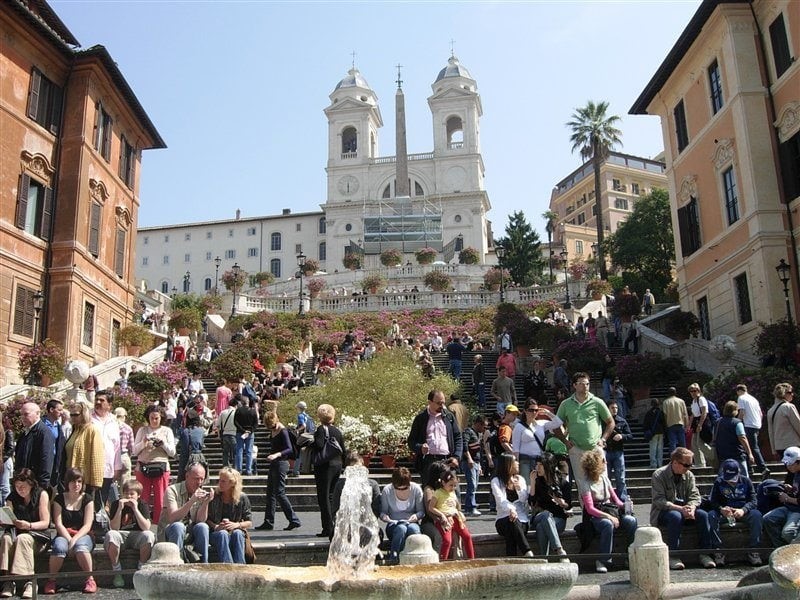
5) Baroque Rome – BARBERINI PALACE
After visiting Piazza Spagna, we will walk to Palazzo Barberini. The Palazzo Barberini is one of the oldest and most beautiful palaces in Rome. The construction of this palace began in 1625, modifying and enlarging the previous palace of the Sforza family. By order of Pope Urban VII, Matteo Barberini, under the design of Carlo Maderno. The design of Palazzo Barberini is an H-shaped architectural plan with a large atrium that extends to the entrance to the courtyard.
The large dimensions of the building, the grandeur of the rooms, the pomp of the decoration, and the presence of important furniture to this day make the Palazzo Barberini one of the most significant and majestic Baroque monuments, and since 1949 (date of purchase by the City Hall), it has been the headquarters of the National Gallery of Ancient Art in Rome.
The Masters Bernini and Borromini
From the two great masters (Bernini and Borromini), it is possible to appreciate the architectural projects in the Quirinal Palace, where the Churches of St. Andrew of the Quirinal (by Bernini) and St. Charles in the Four Fountains (by Borromini) are located, one next to the other. Also, of course, St. Peter’s Basilica, with Gian Lorenzo’s colonnade, but also inside, where the artist placed the very famous Baldachin, in which the spiral columns are a clear example of Baroque art, St. Peter’s Cathedral and the papal funeral monuments.
6) Baroque Rome – ST. PETER’S SQUARE
From Palazzo Barberini, we go to St. Peter‘s Square, From the palace, you can walk to the Vatican (3.2 km) or you can take the metro at Berberini Station (close to the palace) and disembark at Ottaviano Station, which is approximately 950 meters away.
A few things about St. Peter’s Square
St. Peter’s Square is another example of a square made in the Baroque style, a project conducted by Gian Lorenzo Bernini between 1657 and 1667. The square is surrounded by imposing columns arranged in several rows. The project also called for the construction of a third arm, but it was never built.
Not all the words in this world would suffice to describe the incredible emotion one feels when crossing St. Peter’s Square. Of course, technically, we are on Vatican territory, but it doesn’t matter… To admire this masterpiece designed by Bernini, you have to come to Rome. In addition, St. Peter’s Square is certainly universal, and with its large colonnades, it embraces all the faithful of the world. Also, read How to Visit Castel Gandolfo And See The Pope’s Summer Residence
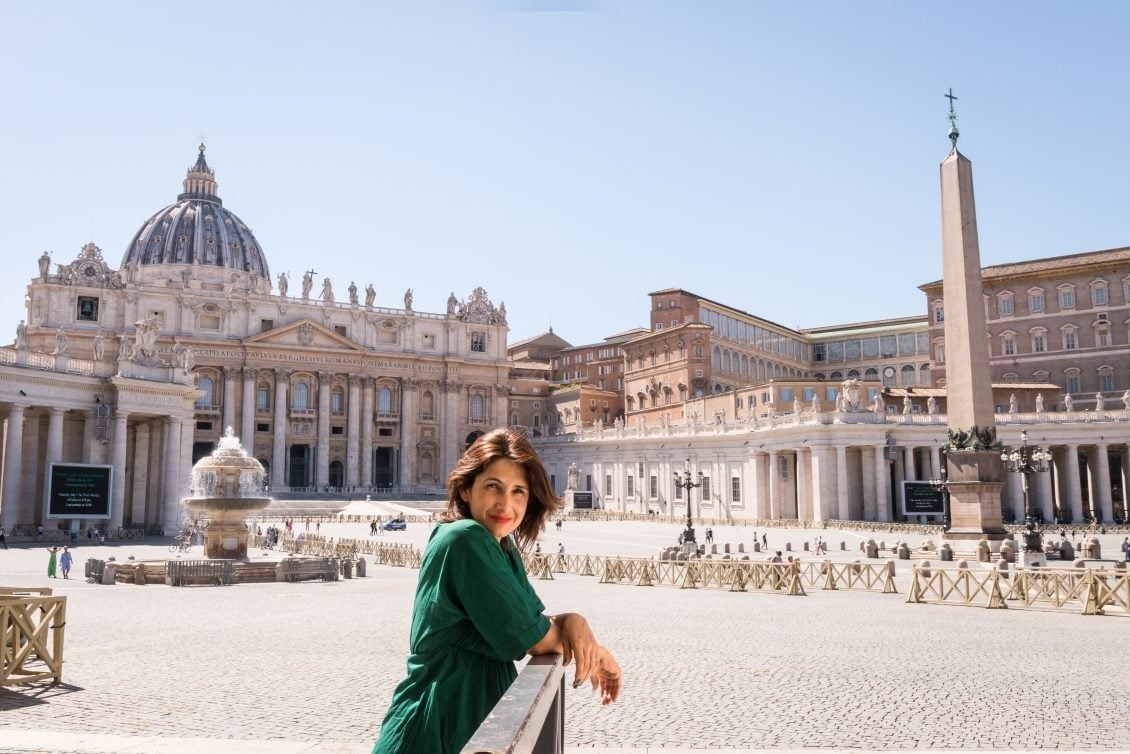
A little more of the History of the Baroque…
Baroque in Rome developed around the 30s of the 17th century and soon became the preferred style of the Catholic Church and monarchies, who felt the need to build Baroque churches, monasteries, and lavish palaces. Later, this style became a source of inspiration for other artists such as Correggio, Caravaggio, Federico Barocci and, in some respects, also for Michelangelo Buonarroti. In particular, Rome called on the greatest artists of the time to renovate the city center. I advise you to take this tour through the squares of Baroque Rome, click here to learn more!
The first promoter of the new artistic style was Pope Urban VIII, who wanted to renovate the city, bringing it great prestige. In 1585, Pope Sixtus V began work on the urban transformation of Rome and Domenico Fontana was in charge of connecting the city’s most important religious buildings through the main streets. Following the Baroque line, the city’s foci (squares, streets, and historical monuments), you will have the chance to see high vaults and ancient Egyptian obelisks. It is impossible to walk through the center of Rome without bumping into one of these masterpieces of Baroque art.
How to get to Rome?
1) How to get to Rome? BY PLANE
All regional air transport gravitates only toward the Fiumicino and Ciampino airports, near Rome. The airports for traffic in Lazio are: Leonardo da Vinci Airport, Fiumicino Airport, and Pastine Airport, near Ciampino.
Also read our Special Posts about Airports in Italy:
- HOW TO GET FROM MALPENSA AIRPORT TO THE CENTER OF MILANO?
- HOW TO GET FROM VENICE AIRPORT TO VENICE CITY CENTER?
- HOW TO GET FROM FLORENCE AIRPORT TO THE CENTER OF FLORENCE?
2) How to get to Rome? BY TRAIN
Termini Central Station is the starting and ending point for almost all trains coming from Italy and abroad. Even if you take the train from Fiumicino Airport, you’ll get off here in Termini, and you can easily get around the city with the metro or taxi.
Did you know?
You can travel with the national lines and high-speed trains. The main stations are Roma, Latina, and Frosinone. Rome is the main connection of Central Italy.
Did you know that Trenitalia is the leading Italian company dedicated to the management of rail transport? Read here “What is the difference of trains in Italy?“. Buy your ticket online in advance and save a lot, read the Post “How to buy a train ticket in Italy?“.
Watch this video to learn everything about Roma Pass!
Subscribe to our channel and receive more video tips about Italy. Don’t forget to give this video a thumbs-up! 😉
TRAVEL TO ROME!
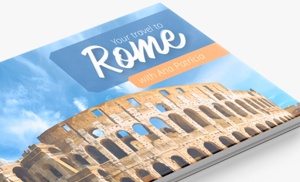
“Your Travel to Rome” is the quintessential e-book for your travel to one of the finest tourist destinations on the planet!
LEARN MORE
Conclusion
Let’s get to know Baroque Rome! At this point, we can say that the tour of Baroque Rome is over. A tour that took us to discover more about the places of the Baroque in Rome and allowed us to get to know the most elegant squares, the “city rooms,” at a time when one can easily summarize the “quarrel” between two great architects of the Baroque of the seventeenth century: Gian Lorenzo Bernini and Francesco Borromini.
Do you feel unsafe traveling?
If you need help organizing your trip, do not hesitate to contact me! I’d love to help you make your dream trip to Italy.
Did my post help you, or do you still have questions? Leave your comment below, and I’ll get back to you!
An Extra Help for your Trip
The best content from Your Travel to Italy!
Learn more about our tours in Italy right now!
- What to visit in Italy in 10 days?
- The ten must-see places in Tuscany?
- The best tips to save on your trip to Italy?
- What are the 10 most visited cities in southern Italy?
- Airports in Italy? How to get to your hotel? (Venice, Milan, Rome, Florence)
- What to do in 1/2/3/4 days in the main Italian cities?
- The best tips on food in Italy (wines, typical food, enogastronomy tours)
- How to get from Fiumicino Airport to Rome downtown?
- Your Travel to Italy: 10 tips for traveling through Italy!
Best regards from Italy
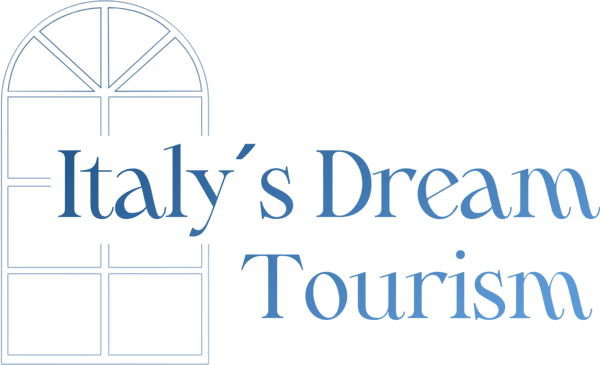
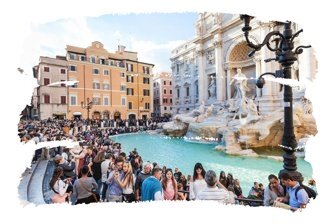
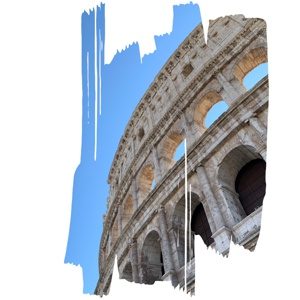 PLACES TO STAY IN ROME
PLACES TO STAY IN ROME